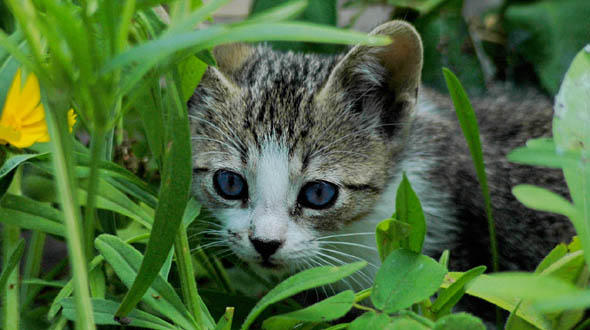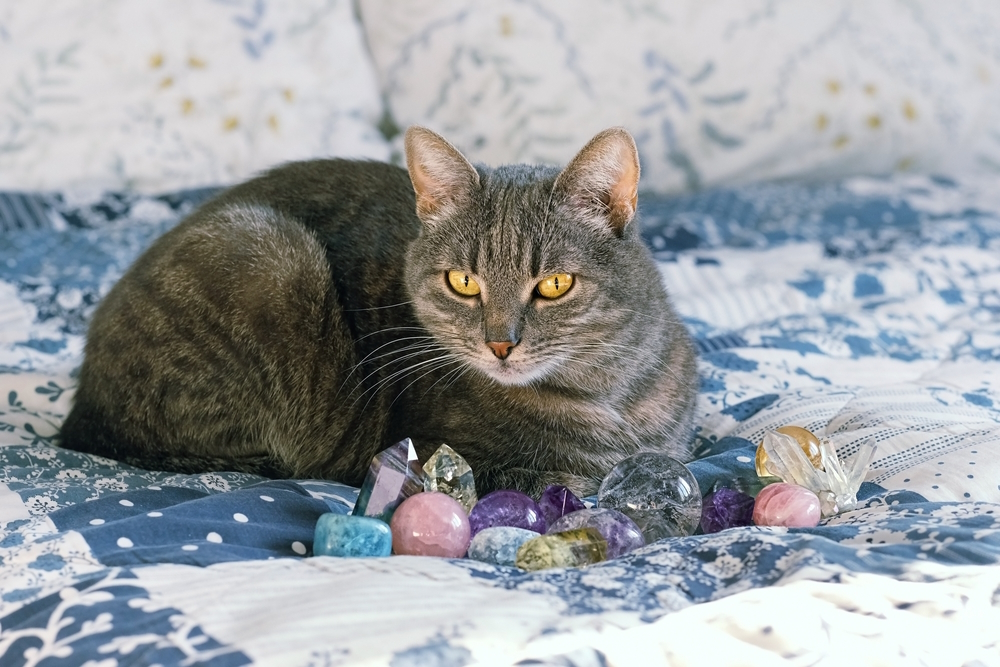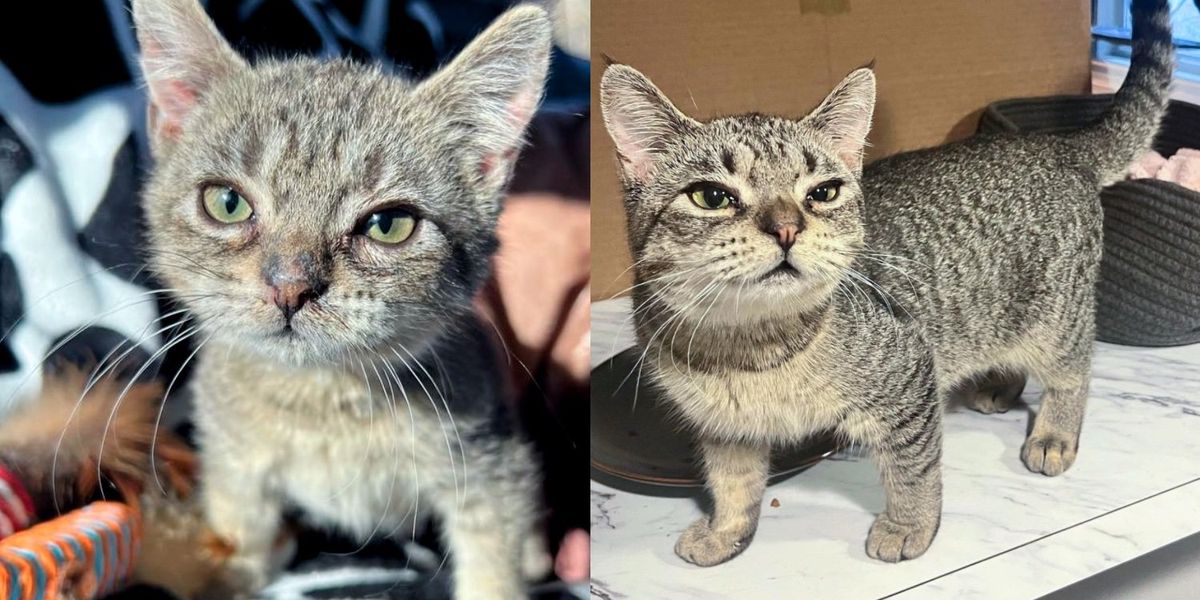 A common concern, particularly for owners of overweight cats is, what is the most appropriate diet for cats? You can’t buy a tiny treadmill for your cat. It’s very important in helping your cat lose weight to feed her a nutritious, balanced diet. The appropriate diet for an overweight cat is nutritionally balanced food which consists of approximately 40 percent meat-derived protein, about 14 percent fat, and less than 18 percent carbohydrates. Moisture content will usually be between 70 to 80{b4c3cb26b22b4a0d9a0cbb5d07743c1101939c0d8eb5ae3934d6228592aff3a9}
A common concern, particularly for owners of overweight cats is, what is the most appropriate diet for cats? You can’t buy a tiny treadmill for your cat. It’s very important in helping your cat lose weight to feed her a nutritious, balanced diet. The appropriate diet for an overweight cat is nutritionally balanced food which consists of approximately 40 percent meat-derived protein, about 14 percent fat, and less than 18 percent carbohydrates. Moisture content will usually be between 70 to 80{b4c3cb26b22b4a0d9a0cbb5d07743c1101939c0d8eb5ae3934d6228592aff3a9}
Get her off of fatty, salty, designed-to-be-delicious food and gently wean her onto healthier, nutritionally balanced, wet food. Even better is to wean her onto raw foods afterwards. Many dry cat foods are full of heavily processed, rendered meats and grains. You should understand that there are nutritionally balanced dry foods and poor quality canned foods. The type of food is not the issue. A nutritionally balanced cat food is a higher quality, and usually contains less fat, less salt and significantly fewer grains (carbohydrates).
Regardless what you give your cat, it’s very important to read the package label! All cat foods sold in the United States have a label that says “Guaranteed Analysis,” which advises the percentage of any certain nutrient group, mineral or vitamin. An important “nutrient” is the moisture, or water, content!
Important things to look for in that analysis include protein, which provides long-term energy, various vitamins for general health, and taurine, which is produced in the liver of most animals. After weaning cats are physically unable to create taurine. Other items to look for on the can label include “Complete and Balanced” which means the cat food has been independently certified to contain the right levels of certain essential nutrients and vitamins, and has not been found to cause health problems at that level.
Once you decide what to feed your cat, you need to decide how to offer food. Cats are famous for being finicky eaters and will often not eat even if they are hungry. There is nothing quite as daunting as a stubborn overweight cat that refuses to eat what you know is good for her. If a cat fasts she may develop a disease called “Fatty Liver Disease,” which is often fatal. Instead of just giving her a can of wet food instead of her usual dry food, give your overweight cat as many cans of wet food as she will eat. Only offer her small portions of dry food twice a day. Then, when she starts eating the wet food, decrease the portions of dry food. Very gradually reduce the amount of wet food so she doesn’t eat more calories than she should.
Feed your overweight cat high-grade, low in fat, wet food, or even more preferable, homemade raw foods. The first key to successfully reducing your cat’s weight is to become aware of the ingredients in the food you are offering. Know what cat’s nutritional requirements are. Balanced nutrition versus calories is a key. Select high nutrition, balanced nutrition with as few calories as possible. Read cat food labels, especially the ingredients analysis! Another key is gradual replacement of one food with another.
You are the key to whether your cat receives a healthy food or one that provides calories without giving the nutrient groups required.
Being raised with 6 cats will give anyone an intense education on “what can go wrong” when living with such a mix of felines! With a pet cat that is a true “fluff ball” you will be, as I was, on a first name basis with your vet
Article Source: http://EzineArticles.com/6229336


